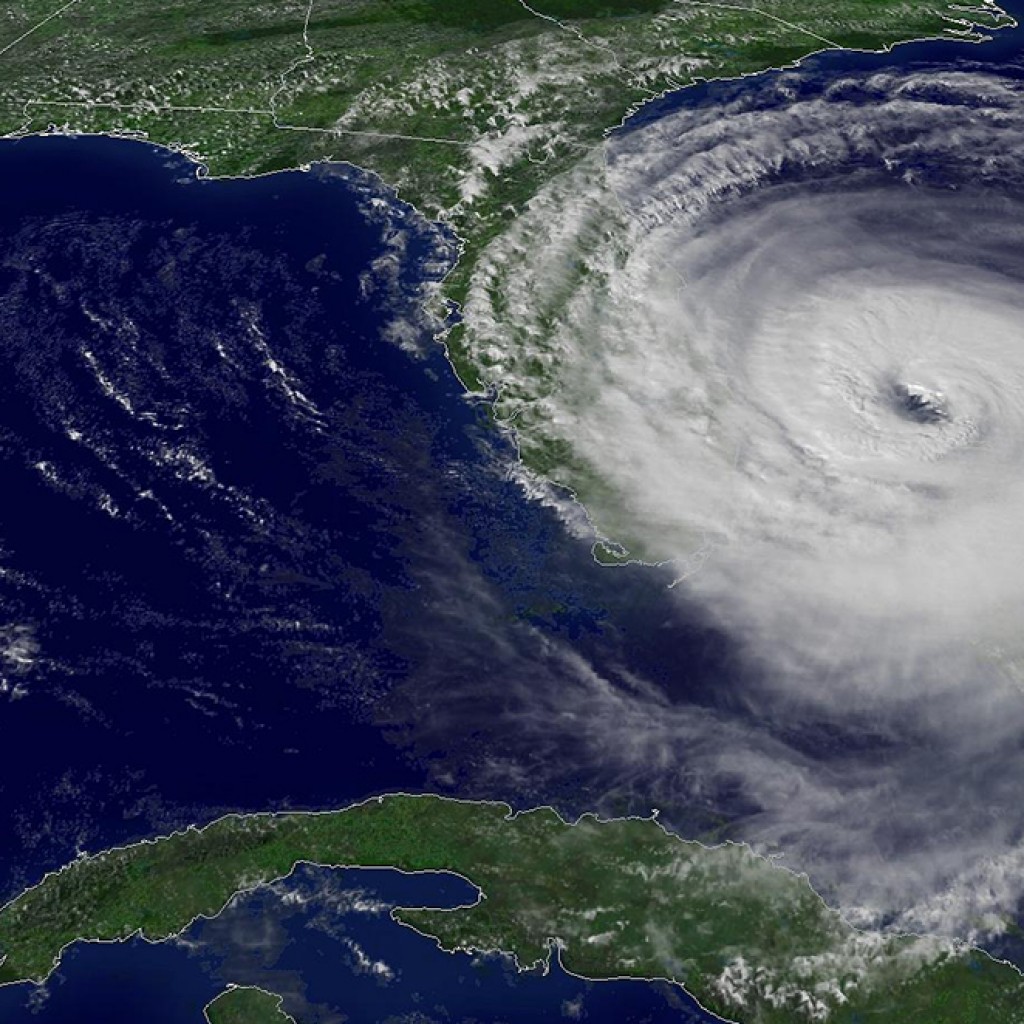
Living in a (semi)-tropical paradise has a price – and apparently, not even going nine years without a major hurricane strike will change that.
While Florida’s property insurance market has stabilized somewhat since eight storms battered the state in 2004 and 2005, as storms such as Hurricane Wilma caused billions in damages, the state still has some of the nation’s highest homeowners insurance rates. A recent national report showed that Florida’s average homeowner premium of more than $2,000 a year is twice the national average.
“There are people on fixed incomes that no longer can afford homeowners insurance,” Palm Beach County resident Daniel McMahon wrote to Gov. Rick Scott last month. “Those people face losing everything if a severe storm should occur.”
But state officials say good news is on the horizon. The state-created Citizens Property Insurance Corp., Florida’s largest property insurer, is in the best financial condition in its history, CEO Barry Gilway says. The state-created Florida Hurricane Catastrophe Fund – nicknamed the “Cat Fund” – is also strong heading into the Atlantic storm season that starts June 1. It serves as a backstop for private insurers.
Consumers are benefiting from this because the state’s “hurricane tax” – surcharges related to those previous storms – is disappearing from their insurance bills. The charge is added to all insurance bills, including auto insurance, if Citizens or the catastrophe fund lack sufficient money to pay off storm claims.
And Insurance Commissioner Kevin McCarty insists that lower rates are coming because one of the main expenses for insurers – reinsurance – has been dropping. Reinsurance is the millions an insurer spends with an out-of-state or foreign company to provide the company financial backing in case of major claims.
McCarty’s office notes that the report assembled by the National Association of Insurance Commissioners is based on 2012 data.
“I fully expect insurers to submit lower rate requests and pass along savings to consumers as market conditions strengthen and reinsurance rates go down,” McCarty said in a statement.
But that probably won’t be the case for Citizens, which was designed to be the insurer of last resort for property owners who couldn’t get private policies. It grew dramatically following the storms of the last decade as other insurers left the state.
“We were out of control,” Gilway said.
Since becoming governor, Scott pushed to have Citizens reverse that trend. Homeowners have been steered out of the company into private insurance companies. The result is that Citizens has gone from nearly 1.5 million policyholders to slightly under 600,000 policies.
Many remaining customers live near the coast or in South Florida. But Gilway notes that as Citizens shrinks it is left with the policies that private insurers are less likely to want. And these policy holders will continue to see increases in the future including the next round in January.
“If you buy a coastal home, you should expect to pay an appropriate rate for exposure to that home,” Gilway said. “The hurricane risk, the wind risk and the flood risk clearly is significantly higher along the coast.”
The reasons for Florida’s high rates have triggered endless argument among state lawmakers and others in the last two decades. But the biggest expense remains the cost of reinsurance.
Jay Neal, president and CEO of the Florida Association for Insurance Reform, says state officials could do more to push down rates for policyholders.
Neal notes that elected officials have focused on doing everything they can to reduce the prospect of surcharges, or the “hurricane tax.”
But Neal’s group said rates would come down if the reinsurance sold by the “Cat Fund” was available to private insurers more easily. Currently, companies have to pay off billions in claims before the state fund kicks in, forcing them to buy a large amount of private reinsurance year after year.
“Whether there’s a storm or not they have that expense,” Neal said. “They keep saying we have to spread this risk. The reality is they are asking us to pay 10 percent more every year from now on to avoid the chance to pay 2 percent more after a storm.”
Republished with permission of the Associated Press.



